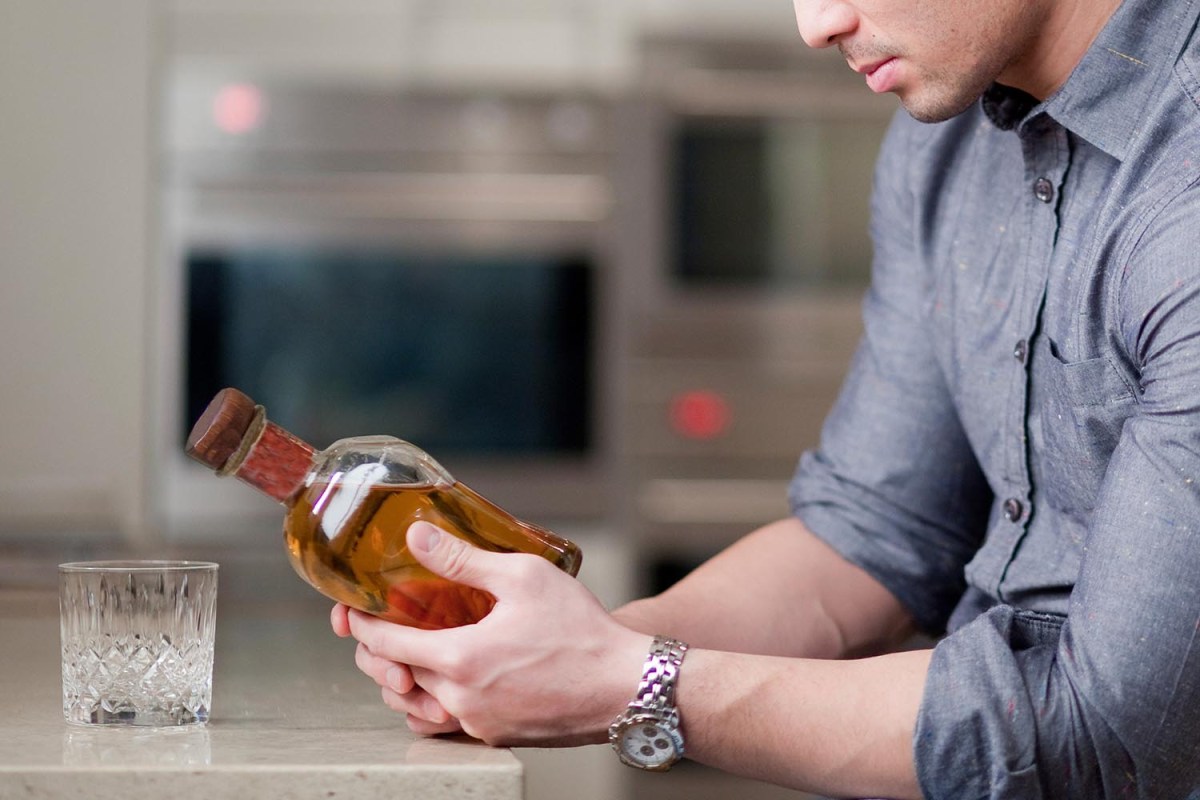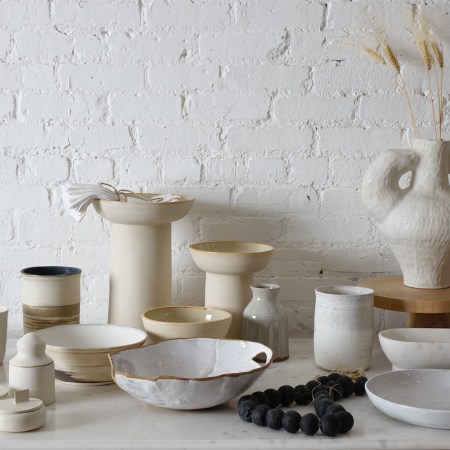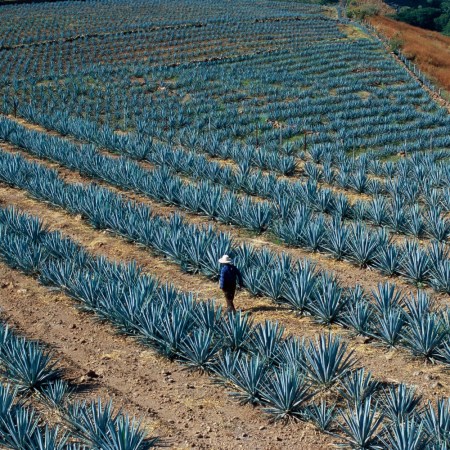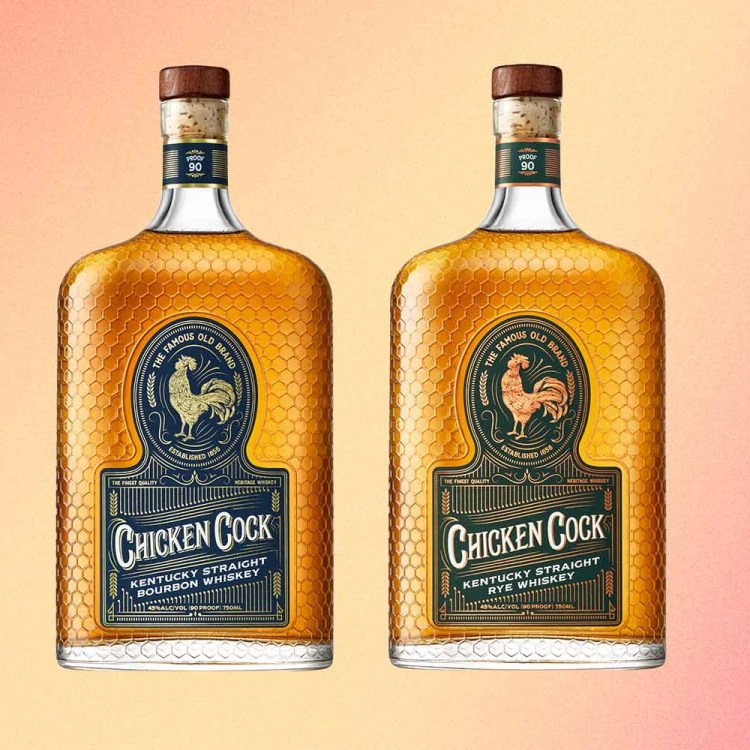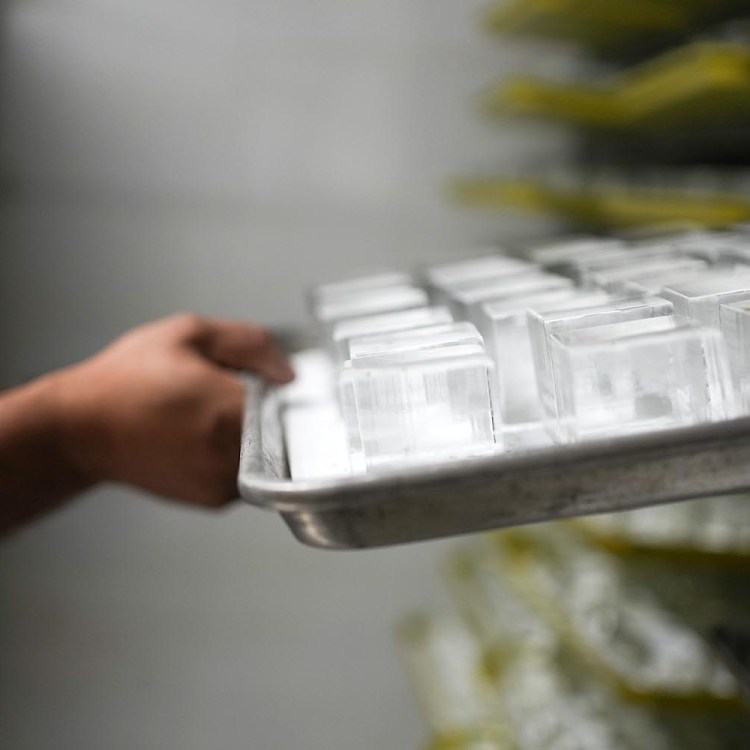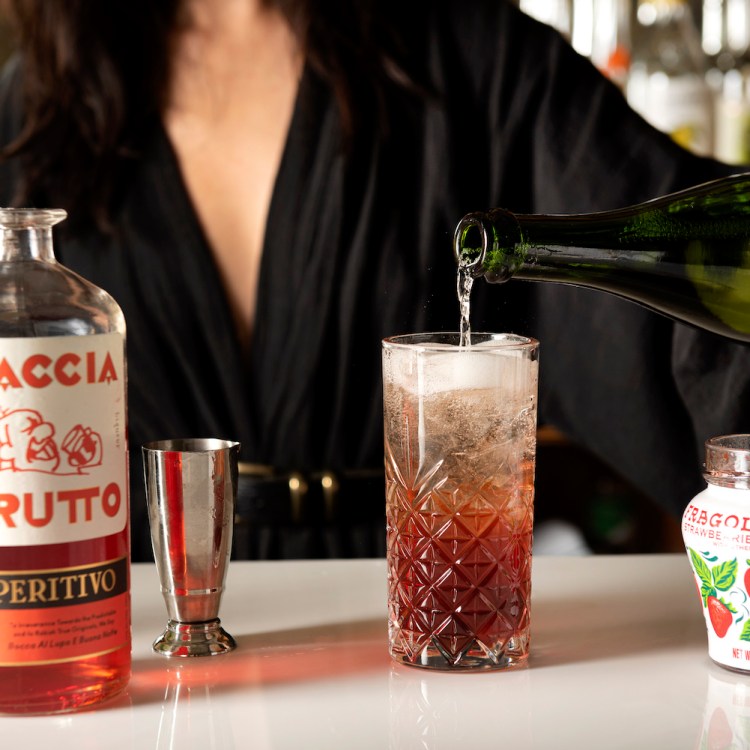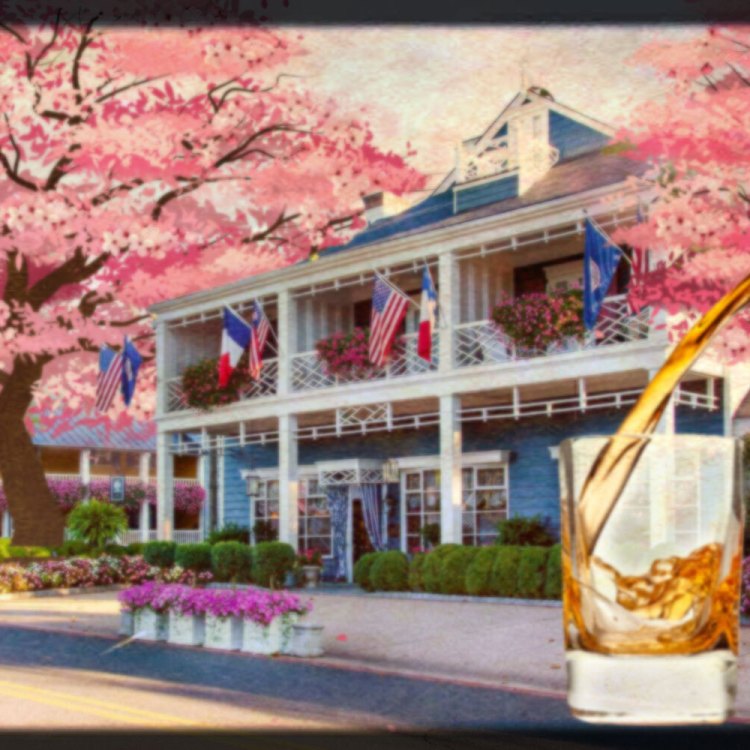“I’m looking at the ingredients on my yogurt. I don’t get why alcohol gets a pass.”
That’s a sharp critique on the oft-times meager information you can garner from a typical bottle of booze, delivered via Nicolas Palazzi of PM Spirits, an alcohol importer/distributor that works with “geeky” and obscure hooch.
PM has made transparency a centerpiece of its brand mission, but good luck finding out a lot about the more mainstream whiskey/vodka/gin/rum you’re drinking from a glance at the label. While the Alcohol and Tobacco Tax and Trade Bureau’s requirements for labeling spirits is long and detailed, it also leaves a fair amount of wiggle room, and also leaves off a lot of information a consumer would find useful.
To help you decipher more about your drink of choice, we spoke with some independent distillers, a few mixologists and reps for national brands about how to read a booze label — from learning more about the distillery and the people who made your spirit to how one word can change everything you know about your favorite tipple.
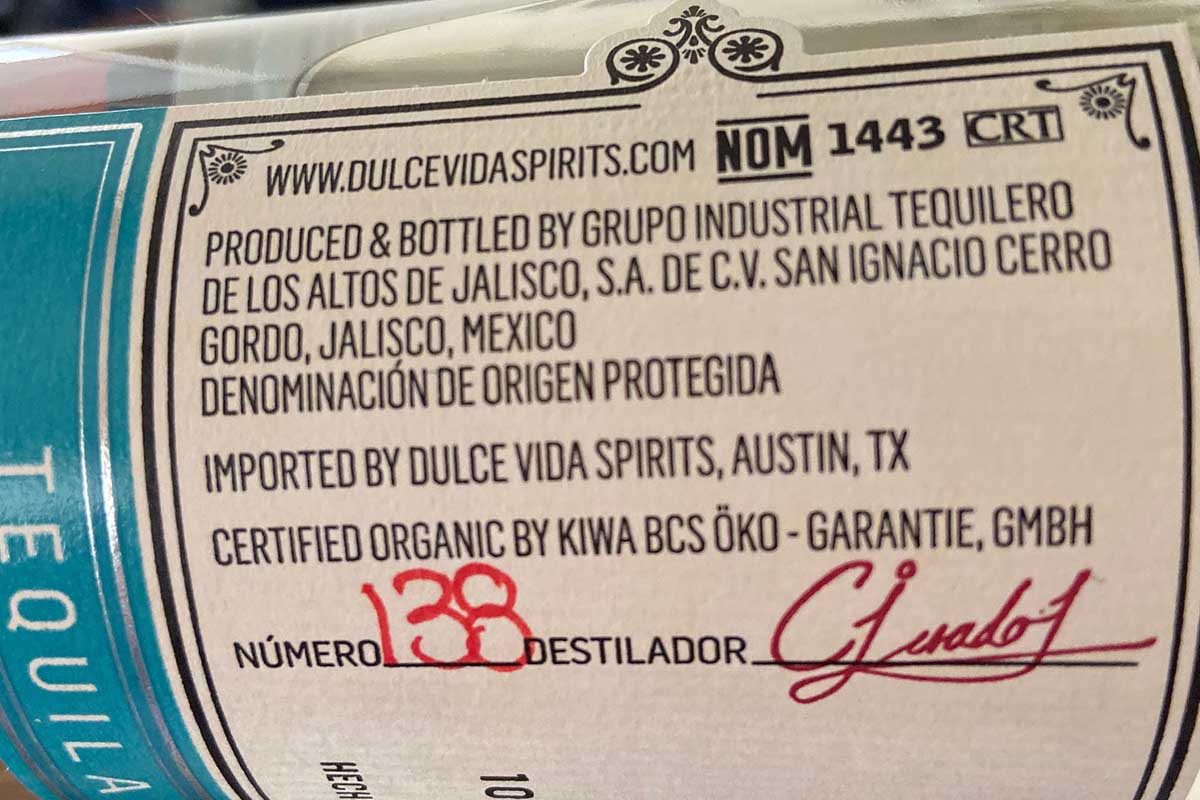
Where’s your tequila from? It’s all in a number.
There are dozens of contract distilleries in Jalisco and Tequila. While Mexico’s Consejo Regulador del Tequila (CRT), aka the Tequila Regulatory Council, requires several pieces of information on its bottles — type of tequila (blanco, anejo, etc.), purity (100 percent agave or not), distillery’s name and address, additives, lot/batch number, etc. — what you really want to pay attention to is the NOM. This is the distiller’s registration number, and you can use that # on a site like Tequila Matchmaker to determine if your so-called “artisanal” agave spirit originates from a tequila factory or a craft distillery. A good thing to know when all those mysterious celebrity tequilas start popping up.
As for mezcal, it’s all in the code.
Mezcal also has as a NOM identifier, but recent legislation has both added helpful information and made it more confusing for consumers. You might be better off using the recently-added QR codes on the mezcal labels, which (depending on the brand) can supply you with the production process, producer location and which agaves were used.
ABV is more important than “How drunk will this get me?”
That’s alcohol by volume, and you’re gonna find a lot of spirits at the legal basement of 40 percent (or 80 proof). So while you’ll get an accurate figure on any reputable booze label, that number does tell a larger story. “At 40 or 43 or 46 percent, what’s been put in a bottle has been brought down to stretch out the liquid,” says Palazzi. “Unless it’s specifically said by the distiller that they tried all the proofs and that this specific one is the one at which the product shines, it’s akin to dumping water on something that had a personality and taming it to make more money.” Ouch.
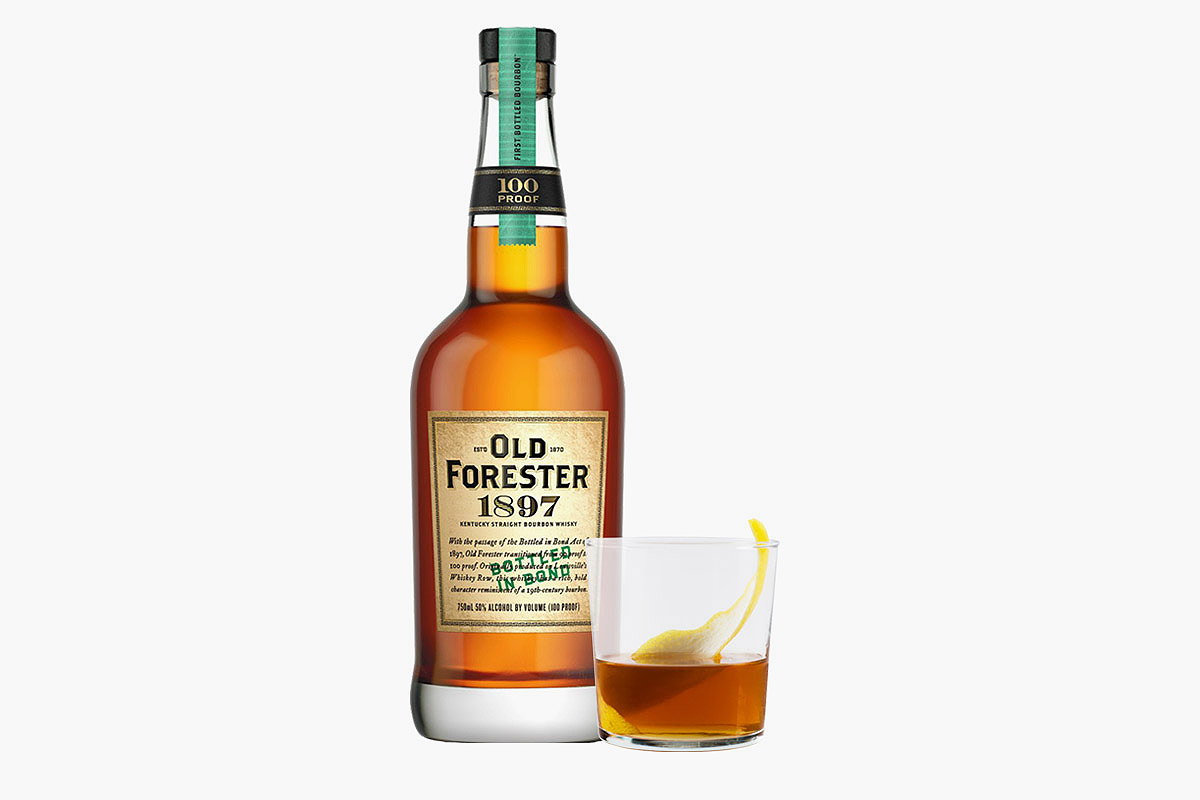
One word on your whiskey makes all the difference
“After class and type, the source of the whiskey is the most important piece of information a label should feature,” says Brown Forman’s Master Distiller Chris Morris, who works with whiskies like Old Forester. “Look for clues like ‘bottled by’ versus ‘distilled by’ which is only used when the brand owner makes the product. If they neither distilled or bottled their product then the term ‘for’ would appear, as in ‘bottled for.’”
Unlike the NOM on tequila, there’s no way of knowing an American whiskey brand’s distillery of origin outside of the “Distilled by…” information. One exception: Bottled-in-Bond whiskey. Those regulations date from the 19th century as part of a consumer protection act, and that designation can still be useful today: As Morris notes, to be labeled (by law) as Bottled in Bond, the bottle has to state the distillery of origin’s Distilled Spirits Plant Number (DSP) and its bottling location’s DSP if it’s different from the distillery’s.
The bottle itself contains valuable information
“Every bottle tells a story,” says Pernod Ricard USA’s National Mixologist Kevin Denton Rex. “I look at the shape first. Is it a ‘stock’ bottle, the kind you see everywhere? Or is it a custom shape? What color is it? Green and brown glass tends to be used for brown spirits to help keep the sun from tainting the spirit, or to mask color discrepancies between bottles. And is the label paper or silk screened? You tend to find silk screened labels on newer brands. A lot of this stuff comes down to marketing, but let’s be honest — a lot of us shop with our eyes.”
There are a lot of invisible ingredients you won’t find
“Certain additives can go unchecked,” explains Pernod Ricard’s other National Mixologist, Jane Danger. “Like glycerine — it’s a sugar alcohol in vodkas that takes the edge off and makes the product rounder. It’s harmless, but when you’re selling a product claiming to be only certain ingredients and have others added, it’s not what the consumer is paying for.” The same goes for aged spirits like rum and whiskey, where caramels and sugars are sometimes added to create consistency and color adjustments (and certain spirits do not have to list them).
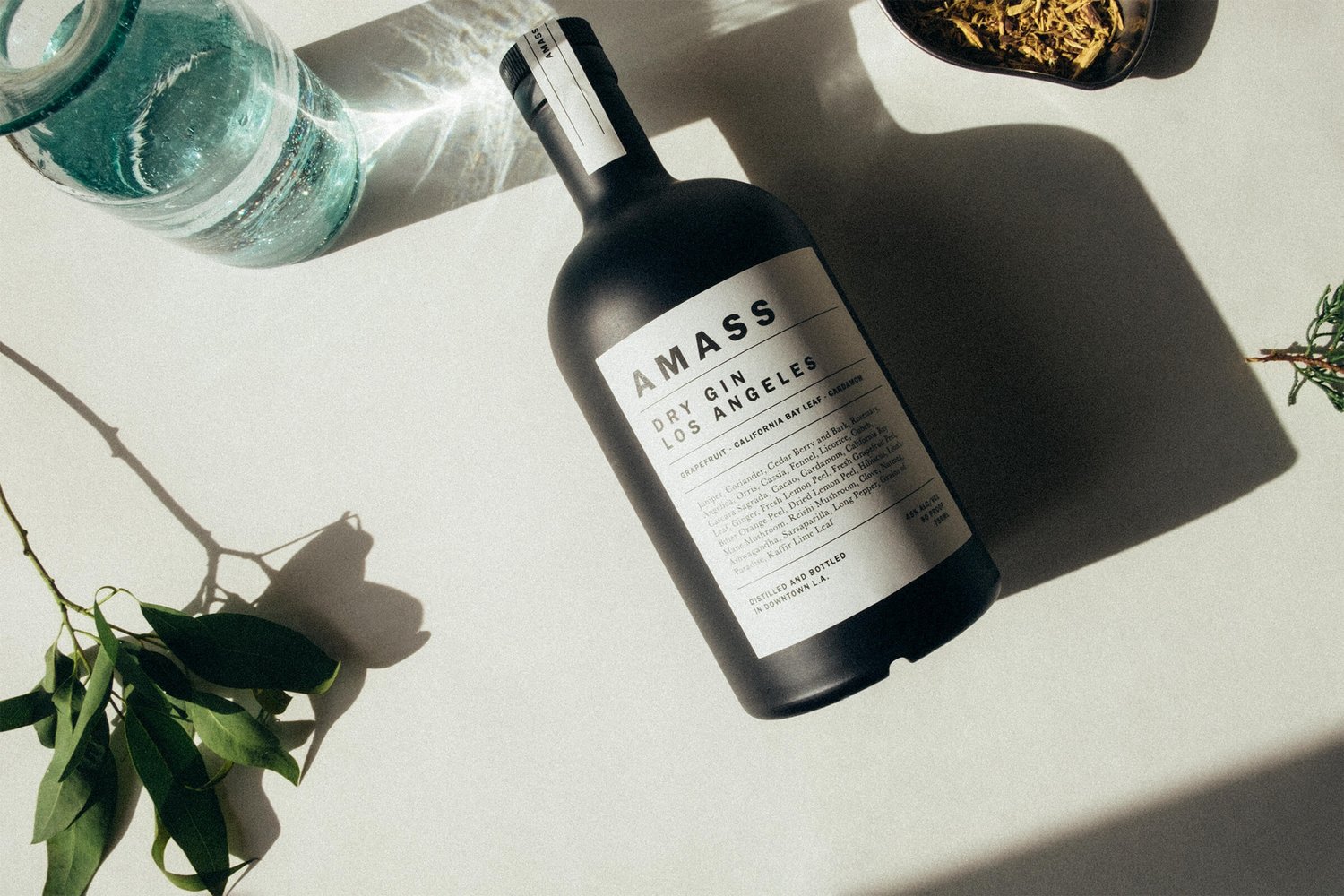
Good news: A lot of brands are volunteering information that’s not required
Handwritten bottling numbers and signatures of workers who conduct the final bottling check are popping up on bottles, which shows a real person was involved in the process. And sometimes, they’ll volunteer even more information. “One of my favorite bottles is the Del Maguey mezcal bottles,” says Danger. “Each of their expressions is from a village. There is a story on the back of each bottle — where the village is, how the terrain feels, what to do with the particular mezcal, tasting notes, etc.”
Some brands, like Chartreuse, also have a code on the label that’ll tell you when the bottle was sealed, though finding out what that code means requires a bit of Internet legwork (in the example linked here, a Chartreuse “L929141” label equals a bottling on May 21, 2013).
Craft producers tend to be more transparent: as Palazzi notes, small brandy producers may list the quantities of each varietal, distillation method, aging process and the vessels in which their spirits are aged (e.g. Gascon vs Limousin).
If you find a whiskey that lists its mash bill (the grain selection) and you like it, that information will certainly help you pick a bottle that’s more to your liking in the future.
Gin producers do not have to list botanicals on their bottles, but newcomers like AMASS are putting all of theirs (they have 29, more than double the average gin) front and center.
In the end, the more information the distiller provides on the bottle, the better you should feel about it. As Palazzi notes, “The more precise, the more details, the most granular the label is, the most chances you have a product that has a soul.”
Join America's Fastest Growing Spirits Newsletter THE SPILL. Unlock all the reviews, recipes and revelry — and get 15% off award-winning La Tierra de Acre Mezcal.
